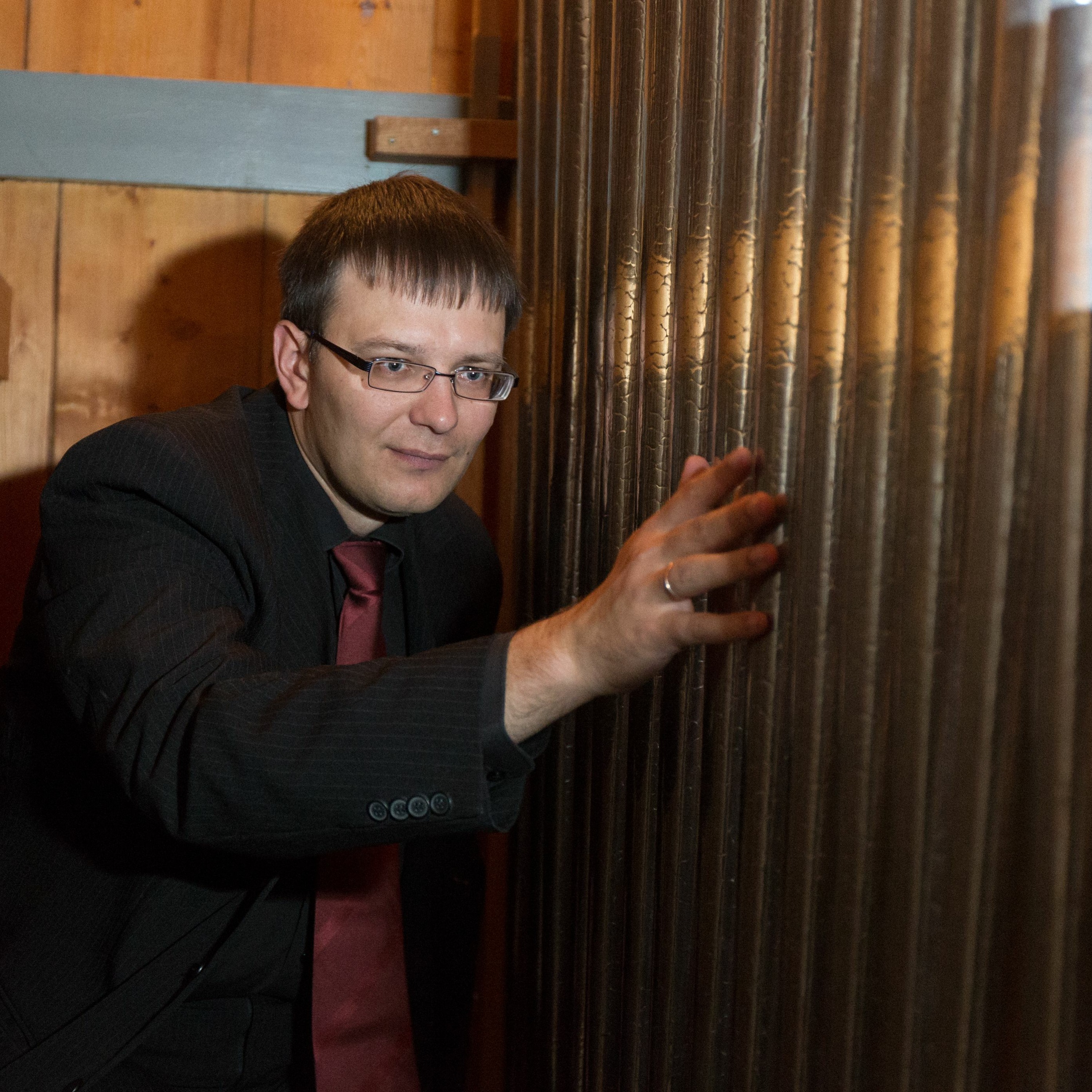How To Avoid Mistakes When Playing In An Equal Tempo

I\u2019m so delighted to be able to teach you about avoiding mistakes when playing in an equal tempo today. Listen to the audio version here.\n\nYou see, recently one of my \u201cUnda Maris\u201d studio students played in our church and he had a trouble of keeping equal tempo and avoiding mistakes. I thought to help him with some of the tips which might be of value to you too because you also probably need to avoid mistakes and play at a constant tempo.\n\nSo the problem is usually with the tempo that is too fast. A lot of people try to slow down when they practice and this is good. But this tempo still needs to be considerably slower. You see, when we play the organ we don\u2019t necessarily feel the limits of our abilities and we pick the tempo that sounds well, the piece of music that we\u2019re playing sounds well in this particular tempo but it doesn\u2019t mean that this tempo is suitable for us at the moment. \n\nSo when students played their piece and made mistakes usually it usually means they played too fast. So the normal tip would be to slow down and try to play at the 50 percent slower tempo. So that would be the first tip I could give you. Maybe slow down from let\u2019s say 80 beats per minute to 40 beats per minute. That would be OK. \n\nWhat about if your concert tempo is at 60 beats per minute? Well, you could slow down to 30 beats per minute.\n\nIf you still make mistakes after slowing down 50 percent, then you need to reduce the texture. What do I mean by that?\n\nImagine if your piece of music has 4 voices and you\u2019re playing it extremely slowly at 40 beats per minute and you still make those mistakes. This simply means you need to take this texture apart and play, let\u2019s say just 3 voices at the moment.\n\nIf that is too difficult for you, then play maybe 2 voices together. And if you still make mistakes, play it very slowly but only one voice. That\u2019s why I always recommend to start your practice of a new unfamiliar piece with a single line only in most cases if you want to avoid mistakes completely.\n\nSo soprano, alto, tenor, bass - all those lines could be played extremely slowly and without combining them first, just one voice. After you master this particular step, you are free to go to the next level and play 2 parts together.\n\nSo that would be soprano-alto, soprano-tenor, soprano-bass, alto-tenor, alto-tenor and alto-bass, and tenor-bass combined.\n\nAnd the next thing would be to practice 3 voice combination - soprano-alto-tenor, soprano-alto-bass, soprano-tenor-bass and alto-tenor-bass.\n\nYou see, how many steps we took in order to achieve this final combination - 4 parts combined, both hands and pedal, in other words. 14 steps before the final 15th step - 4 parts together.\n\nSo don\u2019t forget to do this. Of course, you don\u2019t have to do this all the time if the piece is very easy, if the piece is of homophonic nature, if it moves in chords or if it\u2019s a melody and accompaniment. Then you just need just 7 combinations:\n\nRight hand, left hand and pedals alone. Then right hand and left hand, right hand and pedals, left hands and pedals and the all parts together. If it\u2019s not polyphonically complex music.\n\nSo try these tips in your practice and let me know if it helps. It helped me and it helps this student that I\u2019m trying to help in our \u201cUnda Maris\u201d studio.\n\nOK guys, please send us more of your questions. We love helping you grow.\n\nAnd remember, when you practice, miracles happen.